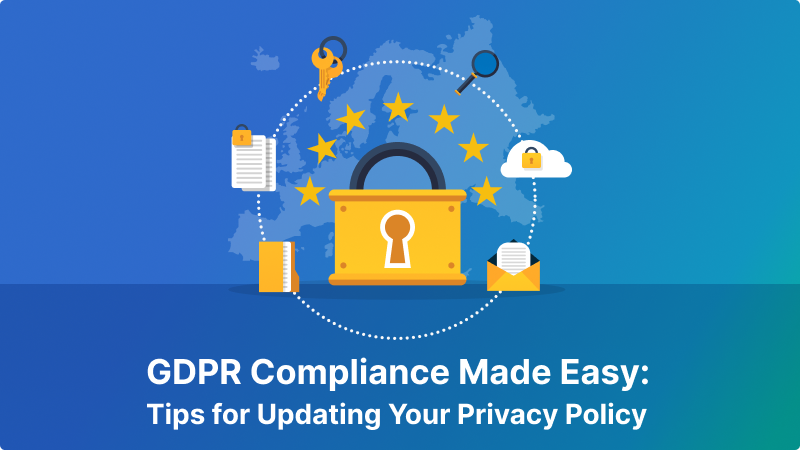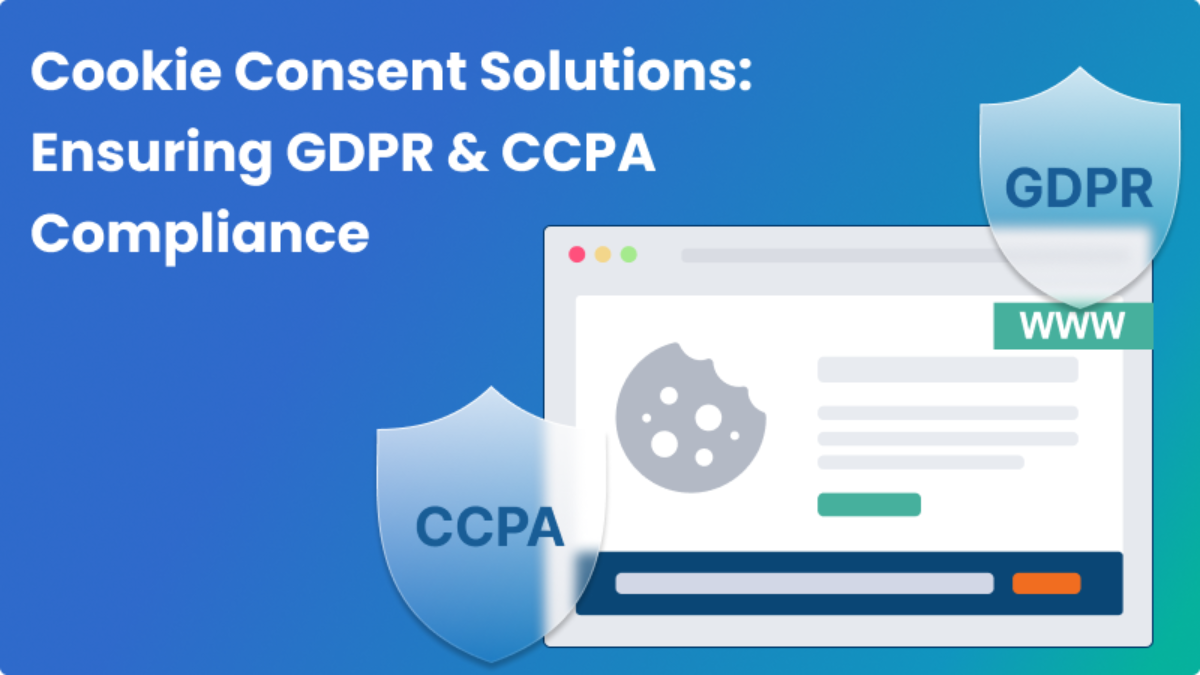GDPR Compliance Made Easy: Tips for Updating Your Privacy Policy

Introduction
In an era where data privacy is paramount, ensuring that your business complies with the General Data Protection Regulation (GDPR) is not just a legal necessity but also a way to build trust with your customers. The GDPR, which came into effect on May 25, 2018, has stringent requirements for how businesses handle personal data. One critical aspect of compliance is having an up-to-date and comprehensive privacy policy. Here’s how you can make updating your privacy policy a seamless process.
Understand the Core Requirements
Before you start revising your privacy policy, it’s essential to understand the core requirements of the GDPR:
- Lawfulness, Fairness, and Transparency: Personal data must be processed lawfully, fairly, and in a transparent manner.
- Purpose Limitation: Data should be collected for specified, explicit, and legitimate purposes.
- Data Minimization: Only collect data that is necessary for the intended purpose.
- Accuracy: Ensure that personal data is accurate and kept up to date.
- Storage Limitation: Data should not be kept longer than necessary.
- Integrity and Confidentiality: Ensure security of personal data against unauthorized or unlawful processing.
Steps to Update Your Privacy Policy
1. Conduct a Data Audit
- Identify what personal data you collect, how it’s used, and where it’s stored.
- Determine the legal basis for processing each type of data (e.g., consent, contractual necessity, legal obligation).
2. Be Transparent and Clear
- Use plain language to explain your data practices.
- Include details about what data you collect, how you use it, who you share it with, and why.
3. Detail Rights and Responsibilities
- Inform users about their rights under GDPR, such as the right to access, rectify, and erase their data, and the right to data portability.
- Explain how users can exercise these rights.
4. Update Consent Mechanisms
- Ensure that any consent requests are clear and specific.
- Consent must be freely given, specific, informed, and unambiguous.
5. Revise Data Sharing Practices
- Specify third parties with whom you share data and why.
- Ensure that any third-party service providers comply with GDPR.
6. Address International Data Transfers
- Explain how you handle data transfers outside the European Economic Area (EEA) and ensure these are protected by adequate safeguards.
7. Include Contact Information
- Provide details for your Data Protection Officer (DPO) or another contact point for privacy concerns.
8. Review Regularly
- GDPR compliance is an ongoing process. Regularly review and update your privacy policy to reflect any changes in your data practices or the legal landscape.
Data Controller and Data Protection Impact Assessments
As a data controller, you are responsible for determining the purposes and means of processing personal data. It’s crucial to document how you process personal data and ensure all practices align with GDPR requirements. Conducting a Data Protection Impact Assessment (DPIA) can help identify and mitigate risks associated with your data processing activities. This is particularly important when introducing new processing activities or technologies that could impact data privacy.
Tools and Resources
- GDPR Compliance Tools: Use tools like Mandatly to manage consent and data privacy.
- Legal Guidance: Consult legal experts to ensure your privacy policy meets all legal requirements.
- Templates: Mandatly provides GDPR-compliant privacy policy templates as a starting point.
Final Thoughts
Ensuring GDPR compliance is an ongoing process that not only fulfills legal obligations but also strengthens the trust your customers place in your business. By thoroughly understanding GDPR’s core requirements and methodically updating your privacy policy, you can make compliance a seamless and efficient task.
Conducting a comprehensive data audit, being transparent about your data practices, detailing users’ rights, updating consent mechanisms, revising data sharing practices, addressing international data transfers, and including clear contact information are all critical steps. Additionally, regularly reviewing and updating your privacy policy ensures that it remains relevant and compliant with any changes in data practices or regulations.

















